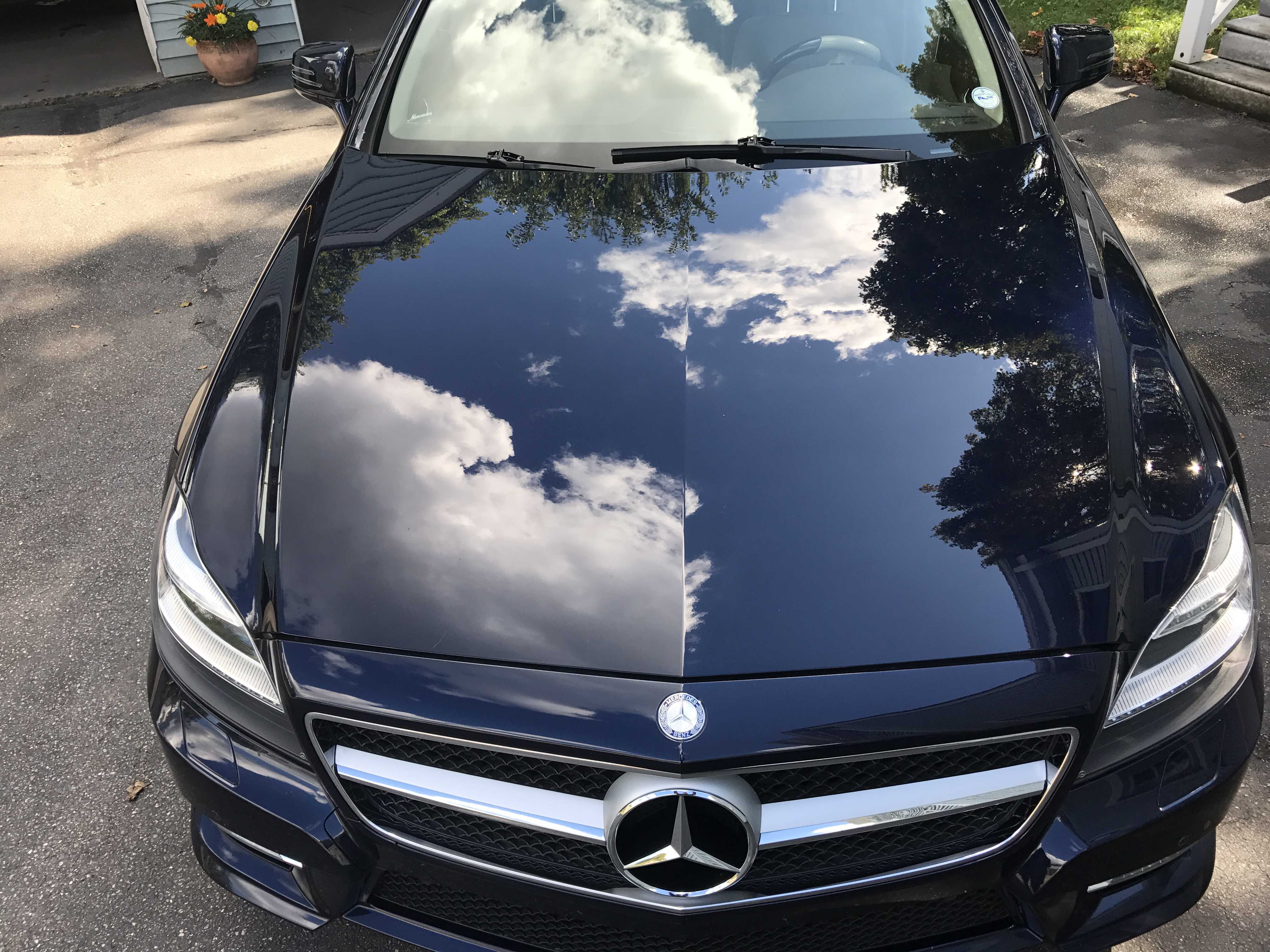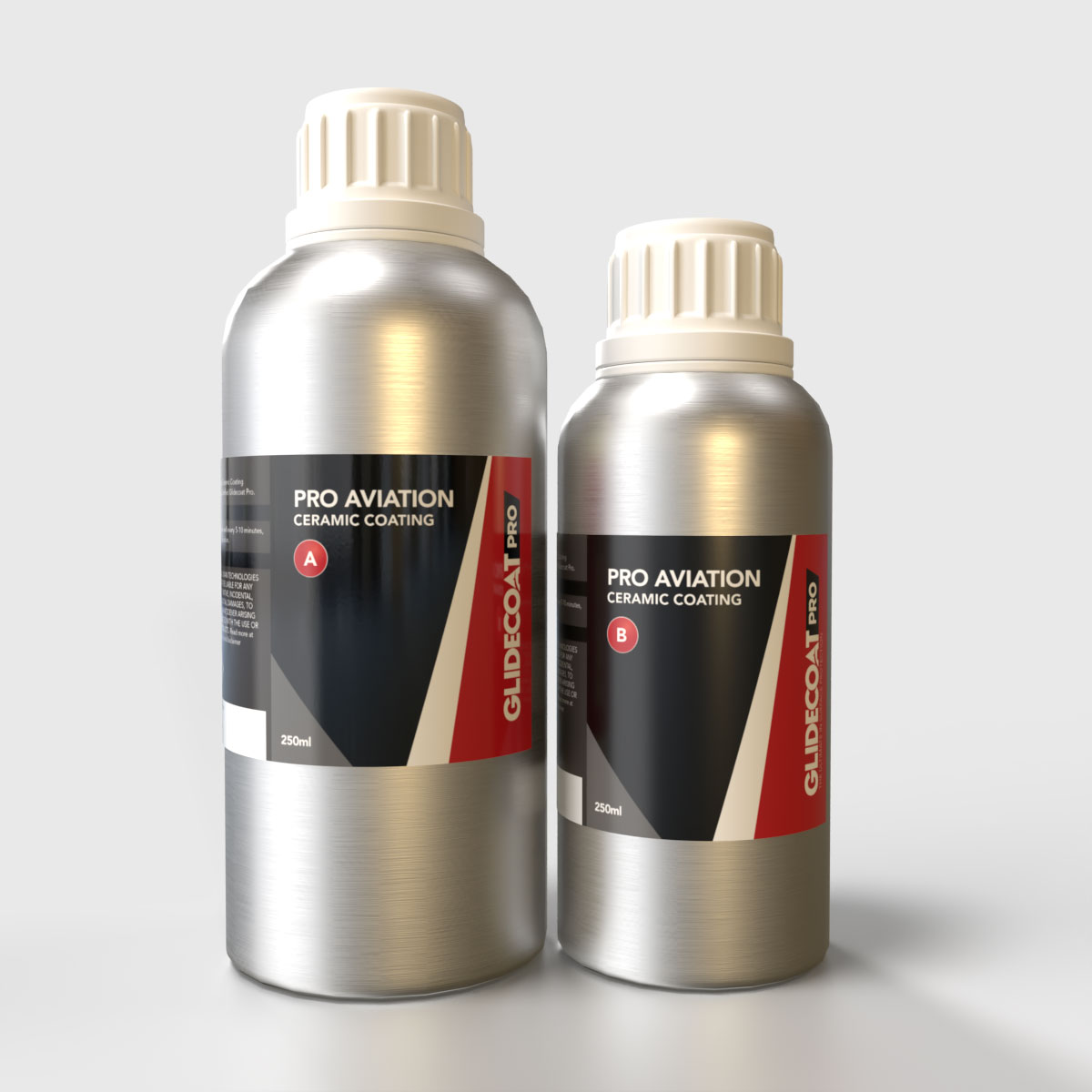Just How Ceramic Finishing Provides Resilient Defense Versus the Aspects
Ceramic finishing has emerged as a formidable option for protecting surfaces against varied ecological obstacles. By creating a durable, chemically bonded layer, it not just boosts aesthetic allure however additionally provides security from UV rays, severe temperature levels, and chemical spots. The hydrophobic attributes of ceramic coating further add to its effectiveness by warding off water and decreasing dust buildup. Nevertheless, recognizing the complete extent of its benefits and exactly how it compares to traditional protective techniques elevates vital concerns about lasting maintenance and efficiency. What effects do these aspects hold for various applications?
What Is Ceramic Coating?
Ceramic coating is an innovative protective service that enhances the sturdiness and appearance of surfaces, particularly in auto applications. This ingenious technology is composed of a fluid polymer that chemically bonds with the manufacturing facility paint of a car, forming a safety layer that is substantially more resistant than conventional wax or sealants.
Created to offer durable defense versus environmental pollutants, ceramic coverings are immune to UV rays, chemical stains, and small abrasions. This defense assists keep the vehicle's visual allure in time, preventing oxidation and fading that can result from long term exposure to the elements.
Additionally, ceramic layers are hydrophobic, indicating they drive away water and other liquids, which assists in the prevention of dirt and grime accumulation. This residential or commercial property not only makes cleaning simpler however likewise adds to keeping the car's sparkle.
Offered in different formulations, ceramic finishings can accommodate various surface area materials, including glass and steel, broadening their applicability beyond simply vehicle usages. Overall, the adoption of ceramic finish modern technology represents a considerable innovation in surface protection, offering an effective service for those seeking to maintain the honesty and look of their investments.
How Ceramic Layer Functions
The effectiveness of ceramic covering exists in its distinct chemical composition and application procedure. Composed mostly of silica (SiO2) and other sophisticated polymers, ceramic finishes produce a molecular bond with the surface of the product they are put on, typically auto paint. This bond creates a semi-permanent layer that functions as an obstacle versus ecological pollutants.
Throughout application, the surface area must be extensively cleansed and prepared to guarantee ideal bond. Once used, the finish goes through a treating procedure, which can take several hours to days, depending on environmental problems. As it cures, the finishing solidifies and becomes hydrophobic, indicating it wards off water and various other materials. This home not just assists to avoid dust build-up yet also minimizes the threat of rust and oxidation, which can break down the surface area with time.

Benefits of Ceramic Finish
Supplying a wide range of advantages, ceramic finishing works as a remarkable remedy for surface area defense. One of its key benefits is its resilience, offering a robust barrier against ecological pollutants such as dust, UV rays, and chemical exposure. This resilience dramatically expands the lifespan of the surfaces it protects, minimizing the need for regular repair services or replacements.
Additionally, ceramic finishes boost aesthetic appeals by conveying a glossy finish that preserves its luster with time. The hydrophobic this article homes of these layers drive away water, making it much easier to clean surface areas and lessening the accumulation of crud. This self-cleaning characteristic not just saves time however also boosts the surface's total appearance.
Additionally, ceramic layers supply resistance to scrapes and minor abrasions, guarding the honesty of the underlying products. This is particularly useful for vehicle applications, where keeping an excellent outside is essential for resale value.

Comparing Ceramic Finishing to Standard Approaches
Frequently, individuals look for effective remedies for surface area defense, prompting a comparison between conventional approaches and have a peek at this site ceramic coatings such as wax or sealers. Typical choices like wax supply a short-term layer of security, generally lasting a few weeks to a number of months, relying on ecological problems and vehicle use. While wax can improve shine and look at these guys supply an obstacle versus impurities, its effectiveness reduces quickly, calling for frequent reapplication.
In contrast, ceramic finishes use a more long lasting solution, creating a strong, chemically bound layer that can withstand for several years. This resilient protection substantially lowers the requirement for regular maintenance, allowing automobile owners to take pleasure in a continually sleek look without the hassle of regular applications. Ceramic finishes are also a lot more immune to UV rays, chemicals, and physical abrasions, thus offering exceptional security versus the elements.
While traditional approaches could be extra obtainable and cheaper originally, the long life and effectiveness of ceramic coatings offer a compelling case for those seeking extensive surface defense. Eventually, the selection in between ceramic coatings and standard methods relies on specific top priorities, such as time, spending plan, and desired level of protection.
Maintenance Tips for Long Life
Understanding the distinctions between ceramic finishes and standard methods highlights the importance of correct upkeep to optimize the longevity of ceramic finishes. Ceramic Coating Philadelphia. To make certain the effectiveness of ceramic finishes, routine care is essential
First, constantly wash the coated surface with pH-balanced auto hair shampoos. Prevent rough chemicals or abrasive materials, as they can degrade the coating. A mild hand wash with microfiber towels minimizes the threat of scrapes.
Second, think about using an upkeep spray made particularly for ceramic finishes. Ceramic Coating Philadelphia. This can improve hydrophobic properties and include a layer of security, guaranteeing the covering remains reliable gradually
Third, prevent automatic car cleans that use brushes, as they can wear down the layer. Rather, select touchless cleans or hand cleaning whenever possible.
Last but not least, regular inspections for any kind of indications of damage or wear are critical. Attending to problems quickly can protect against more considerable damage and keep the finish's integrity.

Final Thought
In recap, ceramic coating uses a powerful option for securing surface areas from ecological challenges. By contrasting it to typical safety methods, the supremacy of ceramic covering becomes evident, making it a recommended selection for resilient surface protection.
Comprehending just how ceramic finishings job is crucial in valuing their function in surface defense.
Using a wide variety of advantages, ceramic coating offers as an outstanding service for surface area security.Regularly, individuals look for efficient solutions for surface area security, prompting a contrast between typical techniques and ceramic coatings such as wax or sealants.In recap, ceramic finish offers an awesome service for shielding surface areas from ecological obstacles. By comparing it to traditional protective approaches, the supremacy of ceramic covering comes to be apparent, making it a favored selection for lasting surface area protection.